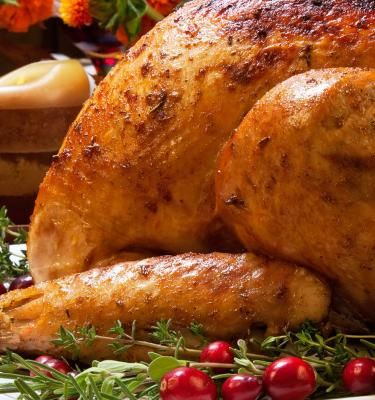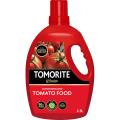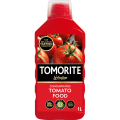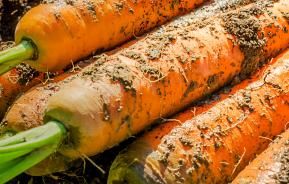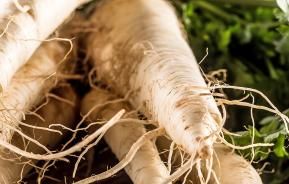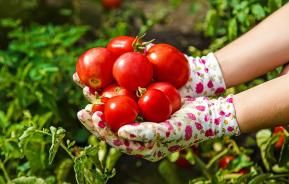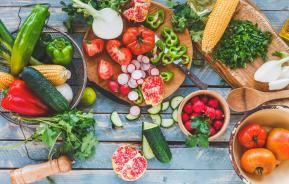Thanksgiving dinner, the way the Pilgrims did it compared to today has a great deal of similarities. Thanksgiving is one of the most anticipated meals of the year in the USA. Ask most people to name the traditional ingredients, and they'll probably start with the turkey, going on to the cranberry sauce, mashed potatoes, pumpkin pie…
The history of Thanksgiving
But these traditions have evolved over time. The US holiday we know as Thanksgiving is widely thought to have originated in the year 1621 with a group of settlers in Plymouth Colony (now the modern day city of Plymouth, Massachusetts) - and one thing we do know is that the original feast differed significantly from the average American family's Turkey Day meal.
This ‘first thanksgiving’ was the pilgrims' way of marking a good harvest in their new homeland, following a gruelling journey from England aboard the Mayflower and a difficult winter during which many of the settlers had died from illness or starvation.
Guests were invited to the three day celebration. These were members of a local American Indian tribe - the Wampanoag - who had greatly assisted the new settlers by introducing them to crops that would thrive in their new surroundings, and teaching them how to grow them.
Within several decades, thanksgiving celebrations had become widely adopted in New England, eventually evolving into the holiday we recognise today. While a 21st century Turkey Day might include going to a football game or watching the Macy's parade, it still retains the essence of thankfulness and celebration that's the true heart of this holiday.
Looking to bring back some of the old traditions this year? Start with thanksgiving dinner the way the pilgrims and Indians did it.
The bird centerpiece
While a wild turkey population did exist in New England during the 1620s, it's probable that the first thanksgiving wasn't the first Turkey Day. In fact, historians believe that the 1621 feast more likely featured roasted goose or duck.
While goose has fallen out of favour in the last century, it was for a long time bird of choice for Christmas dinner in England - again replaced by turkey in more recent times. More flavourful than turkey, its fat creates the most sublime savoury gravy.
Duck, while considerably more popular than goose these days, is still something of a rarity in most home kitchens. Prized for its rich flavour, it's best served with the skin crispy and delicious. Of course, the pilgrims would have hunted their own, but these days a good organic butcher will suffice.
The significance of seafood
Plymouth Colony's coastal location means that its inhabitants - both pilgrim and native American - would have relied on seafood as part of their diet. Clams, lobster and even eel would have included in their celebratory feast.
Not sure this is a welcome addition to your Thanksgiving plate? Consider incorporating seafood as an appetizer instead - although eel is probably one for the more adventurous palate!
Venison
Historians tell us that the Wampanoag brought a gift of deer for the pilgrims, so we can be sure that venison was on the first Thanksgiving menu. Rich and gamey, venison is an ideal choice for a celebratory meal. It also goes wonderfully with cranberry sauce, which wasn't on the table in 1621 - although the berries themselves may well have been.
Goodbye, pumpkin pie?
While it's likely that pumpkins were among the crops that the Wampanoag had introduced the pilgrims to, if they were eaten at the feast it certainly wasn't in a pie. The settlers didn't have butter, sugar or flour in their pantries, so any pastry or desserts would have been out of the question.
It's more likely that they ate their pumpkin boiled - so you might want to stick with the modern day take on this one.
Fruits and nuts
Chestnuts and walnuts were readily available, and so were fruits such as berries that could easily be foraged. In fact, chestnuts could have been used as stuffing for the duck or goose, rather than the bread-based versions we enjoy today.
Chestnuts have a delicate, slightly sweet flavour that's perfect for the season. They're used in lots of delicious stuffing recipes still popular today - and they go especially well with cranberry or sausage.
No potatoes
Yep, you read that right. No mashed potatoes, no sweet potato pie, no potato of any kind. While this is good news if you're trying not to overindulge on carbs, I can't help thinking that both of these staple Thanksgiving dishes would be sorely missed from the 21st century table.
